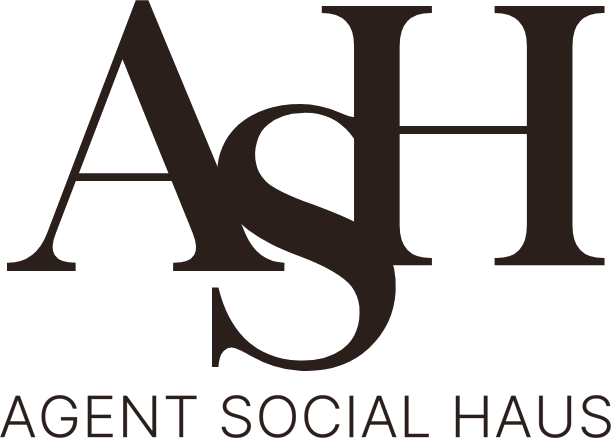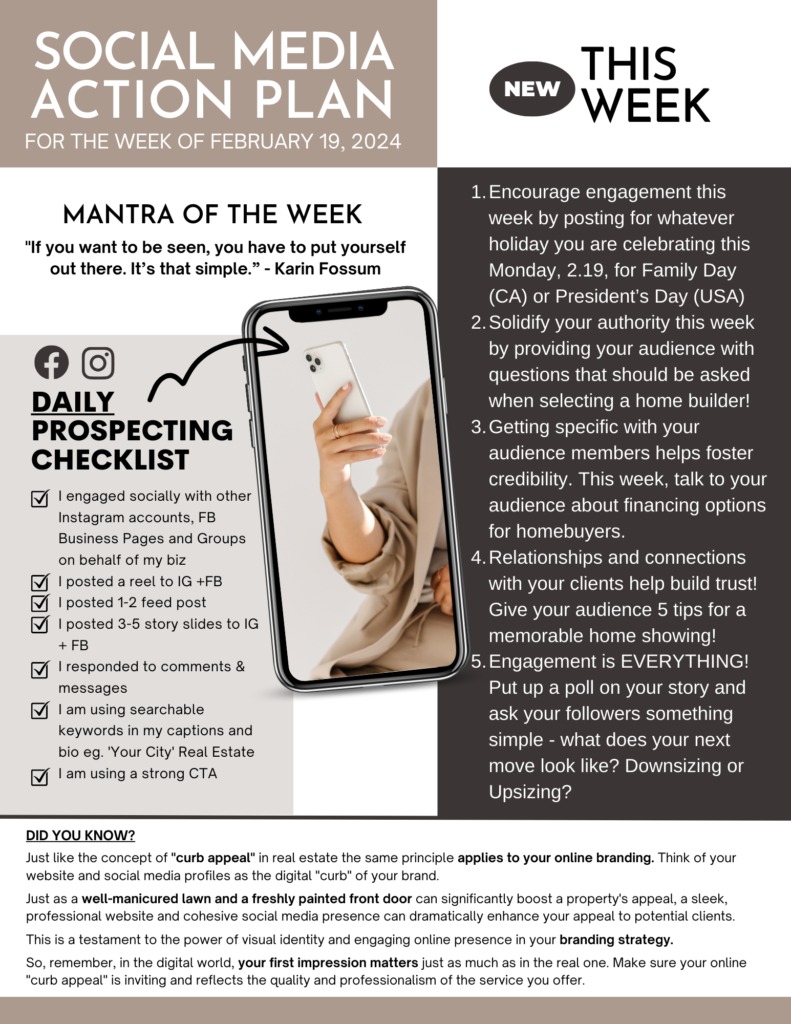1. High Crime Rates
If the neighborhood has a higher crime rate than average, it’s a red flag that could indicate a lack of safety or security. Make sure to research the crime rate of the area you’re looking at and consider how it could affect your safety and the value of your home.
Another way to check if the area is a safe space to live in is whether or not kids are playing outside during a beautiful day. If you don’t see people walking around or sitting on their front porches, and not even one kid riding their bike, this could mean that these people don’t feel safe outside. Check with the local police department about the crime rate in the neighborhood.
2. Poor School System
If the schools are subpar, it could affect the value of your home and the quality of life for your family. Consider researching the school system and deciding if it’s a fit for your family’s needs. If you have kids or planning to have one in the future, this is something that you have to consider.
One sign that the local school has a poor school system is a low number of enrollments. The local school might have a reputation for poor management, or perhaps the residents are mostly grown-ups, potentially leading to fewer possible friends and playmates for your kids.
3. Proximity to Amenities
When buying a home, check if the location is close to essential amenities. If the neighborhood is lacking basic amenities like grocery stores, banks, and restaurants, it could be a sign that it’s not a desirable area.
Aside from current amenities, you should also look up future plans for the area. Plans for new schools, hospitals, public transportation, and other commercial buildings can greatly impact the value of the location. If there are little to no commercial plans, it could mean that development in the area is stagnant. Always consider if the location is convenient for the amenities you need.
4. Noise Levels
You might not realize it, but high noise levels can also be a red flag. Excessive noise from traffic, neighbors, or nearby businesses can be a major nuisance to people living within the vicinity. For example, people living near an airport, stadium, or train station can experience excessive noise regularly.
While a certain level of noise is okay, you don’t want to live having to wear earplugs on a daily basis. Excessive noise pollution can also cause stress-related illnesses, sleep disruption, hearing loss, and more. It might not be healthy for your family, especially if you have kids, grandparents, or even pets living with you. So before buying a property, consider the noise level in a location. Take a drive around the area at different times of the day to get an idea of the noise level.
5. Property Values
Look into the property values in the neighborhood. Are the homes in the area well-maintained or are there many homes in need of repair? Do the homes have similar features and are they similar in size? You can also check market reports online or with your real estate agent to see whether the property values in an area are consistently going up or not. If the homes in the area have lower values, it may be a sign that the neighborhood isn’t a strong investment.
When looking for a new home, it’s important to pay attention to the neighborhood and consider the potential red flags. Research the crime rate, school system, amenities, aesthetics, and neighborliness of the area to ensure you’re making the right decision. While you may be in love with the house, it’s important to look beyond the walls and consider the potential risks or red flags a neighborhood may present. Consult your trusted local real estate agent to help you evaluate if the neighborhood is the right fit for you.




Responses